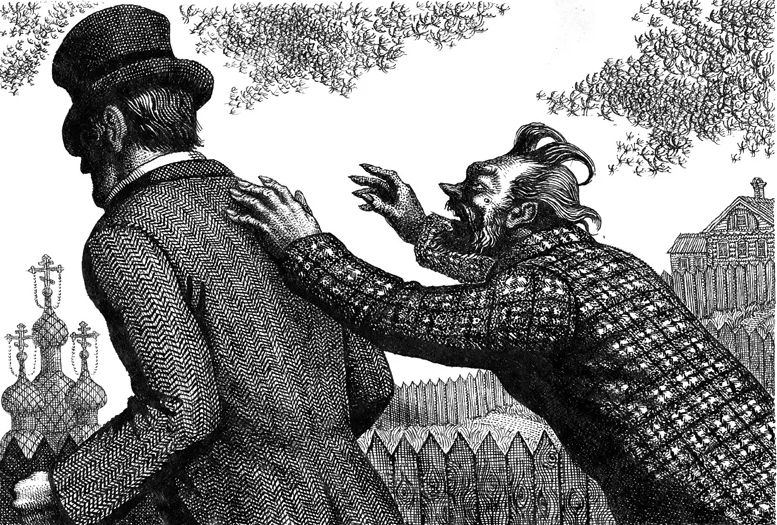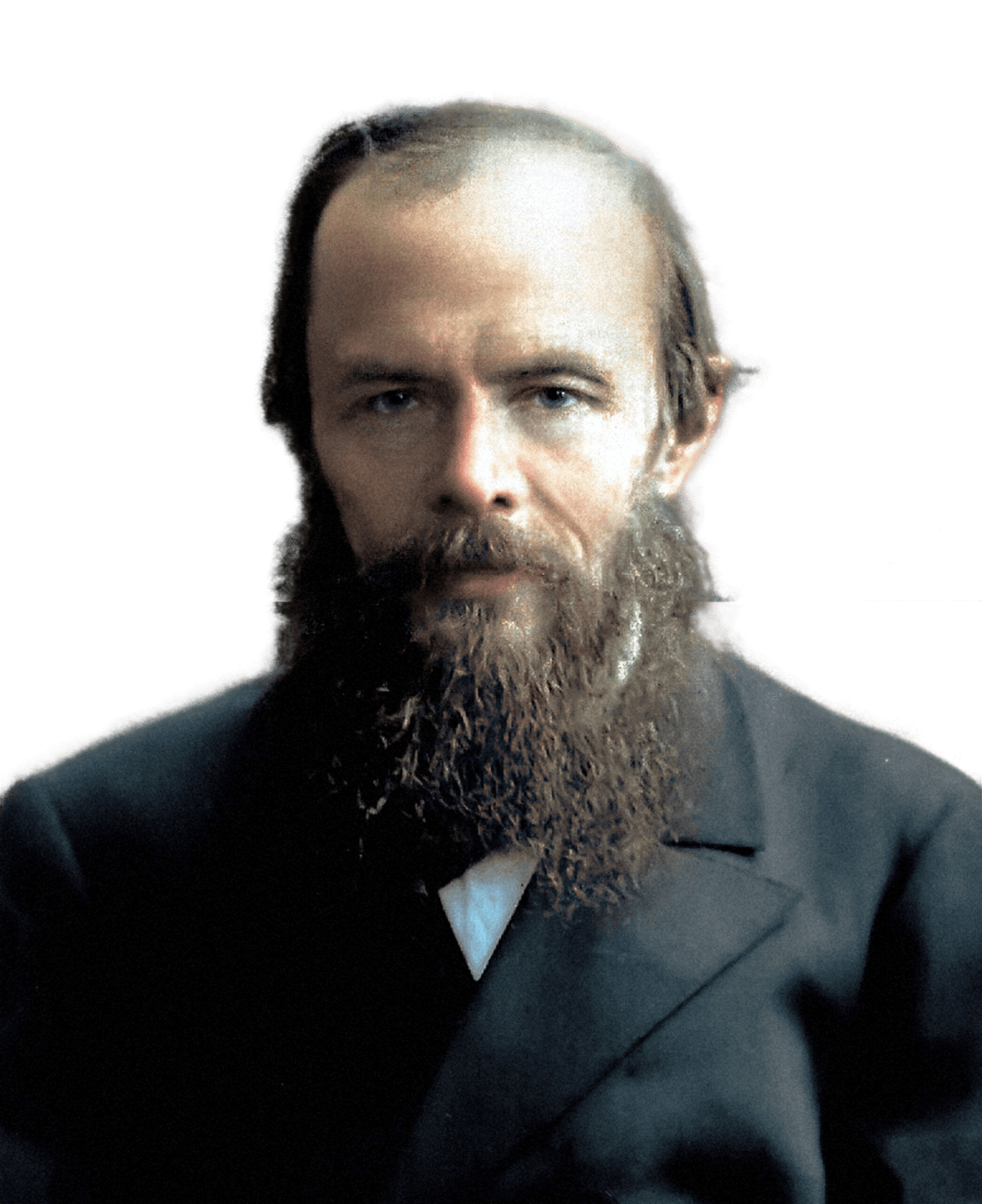
13.01.2023
Creating “Demons”, Dostoevsky relied on the materials of the Nechaev case. This radical revolutionary in the late sixties created the “Society of People’s Reprisal”, in which he enjoyed unquestioning authority.
1. The novel is based on real events
When one student began to object to him, Nechaev decided to tie his people with blood. A young man was brutally murdered. This case caused a huge public outcry and inspired Dostoevsky to write a novel. Sergei Nechaev himself served as a prototype for Pyotr Verkhovensky – in drafts, Fyodor Mikhailovich called him that. And in Nikolai Stavrogin, there are features of Mikhail Bakunin, another revolutionary with whom Nechaev was close.

2. It could have been a completely different book
Initially, the novel was planned to be small, and its main character was Pyotr Verkhovensky – that is, Nechaev. Dostoevsky took a strictly political course, although he stipulated: yes, he follows real events, but he does not pretend to historical accuracy, he is more fantasizing. However, in August 1870, everything changed. The writer decided to bring to the fore Stavrogin, the character he “took from the heart”, and “Demons” began to turn into a complex tragedy.
3. In “Demons” Dostoevsky ridiculed Turgenev
Dostoevsky and Turgenev are known enemies, but this was not always the case. Their first meetings seemed to be the beginning of a strong friendship, but then it became clear that they were too much at odds, and this led to a stream of mutual poisonous criticism and offensive remarks. In 1867, the writers finally quarreled. Later Dostoevsky depicted Turgenev in “Demons” – in the image of the writer Semyon Karmazinov. This is exactly how Fyodor Mikhailovich saw Turgenev: excessively vain, outdated, not understanding anything about what is happening around. Immediately parodied some of his works, for example, the novel “Ghosts”. At the same time, Dostoevsky himself, when writing “Demons”, at first noticeably focused on the novel “Fathers and Children”: he also had a generational dispute, and it was not without bazarism!

4. A chapter was cut out of the novel – the censorship did not miss it
In the original version of “Demons” there was a chapter “At Tikhon’s” in which Nikolai Stavrogin goes to Bishop Tikhon and shows him his confession – allegedly he intends to publish it. It tells how Stavrogin molested Matryoshka, a very young girl. The chapter has been preserved in two variations, in one it is indicated that she is 14 years old, in the other – 10. The girl was shocked by what had happened, and Stavrogin sank even lower: he began to deliberately avoid conversations, ignore her. According to him, it gave him pleasure. Matresha eventually hanged herself. Stavrogin saw her leave and suspected something – in general, he could have stopped her, but did not do it. Many of Dostoevsky’s entourage were familiar with this chapter. They typed it in the magazine, but they did not dare to publish it. For the first time it was published in Soviet publications.
5. The Soviet edition of “Demons” was sold for millions of rubles
Actually, in the Soviet Union, “Demons” were not liked: it was believed that this novel “slanders” Russian revolutionaries. The peak of hatred came in the mid-thirties, when the publishing house “Academia” was preparing to release a novel in two volumes. Thanks, in particular, to the intercession of Maxim Gorky, at first they were given the green light, and the first volume still came out, but at the stage of signal copies, the case had to be curtailed. There are only a few books left that are now considered a bibliographic rarity: in 2016, one of them was sold at auction for 3.4 million rubles! This is a record for a book published in the USSR.




